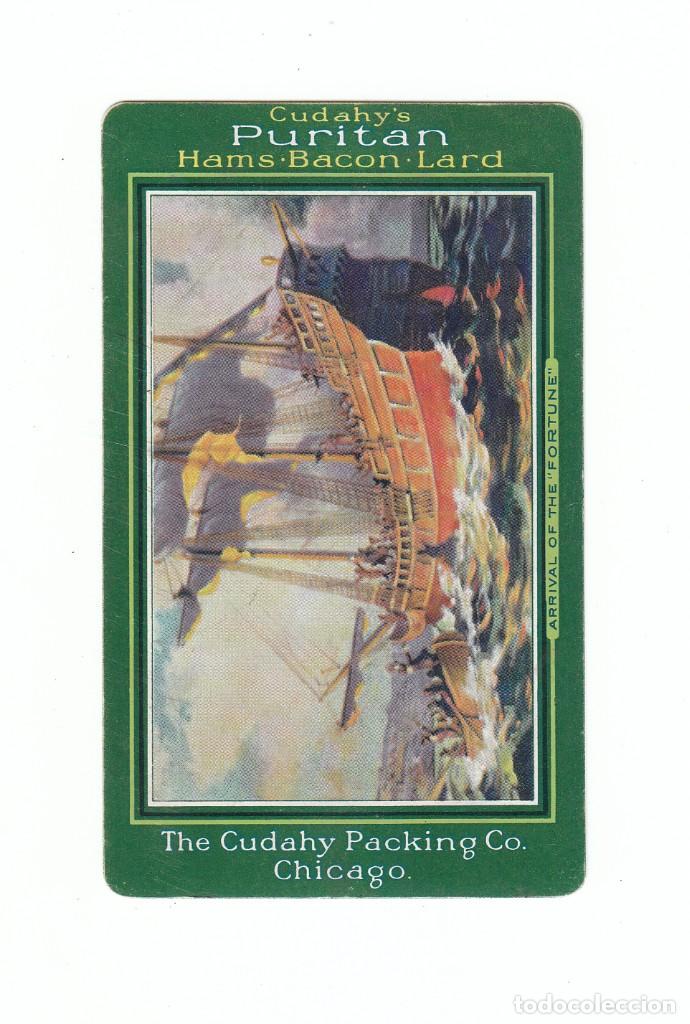

PWM NO 2 levels are higher in D neighborhoods than overall (i.e., considering all HOLC-mapped areas) in 80% of the 202 cities and are lower in A neighborhoods than overall in 84% of cities. We find a high degree of city-to-city consistency in intraurban disparities. Panels c and d illustrate how intraurban disparities are consistently higher by historical HOLC grade than by race/ethnicity. Vertical lines between these clusters reflect the pollution range of the group means: the difference in the population-weighted mean between groups A and D (left line) and between the highest-exposed and lowest-exposed racial/ethnic group. In each panel, pollution level distributions are reported by both HOLC grade (left cluster) and race/ethnicity (right cluster). Adjusted distributions (c and d) report the national distributions of intraurban differences for census blocks within a given HOLC grade relative to the PWM level within each city. Unadjusted national distributions are presented for (a) NO 2 and (b) PM 2.5. Medians are indicated with horizontal lines, and means by the dot marker the overall mean is indicated by the dotted line. Bars represent 25th and 75th percentiles. Population-weighted distributions of NO 2 and PM 2.5 levels within HOLC-mapped areas at the census block level. (24) The discriminatory practices captured by the HOLC maps continued until 1968, when the Fair Housing Act banned racial discrimination in housing, yet the legacy of explicit racial discrimination still shapes patterns of racial residential segregation today. This practice isolated communities of color, restricting their ability to build wealth through home ownership, and informed later local government land use decisions that placed hazardous industries in and near D neighborhoods. (25) Homes in D neighborhoods were typically ineligible for federally backed loans or favorable mortgage terms. (25,26) For example, racist language provided to HOLC agents describes “infiltration of foreign-born, Negro, or lower-grade population” as cause for a lower neighborhood grade.

Many neighborhoods received the worst grade due to the presence of Black and immigrant communities and/or known environmental pollution sources. cities, (25) graded neighborhoods on a four-point scale: A (most desirable), B (still desirable), C (definitely declining), and D (hazardous, i.e., redlined). (23,24) These maps, which are digitized for 202 U.S. cities in the wake of the Great Depression. Beginning in the 1930s, the federally sponsored Home Owners’ Loan Corporation (HOLC) drew maps characterizing neighborhood security for emergency home lending for several hundred U.S. Redlining has emerged as an area of interest because it is well documented and was explicit in its discriminatory implementation, widespread, and carried out by the federal government. Our findings illustrate how redlining, a nearly 80-year-old racially discriminatory policy, continues to shape systemic environmental exposure disparities in the United States. However, within each HOLC grade, racial and ethnic air pollution exposure disparities persist, indicating that redlining was only one of the many racially discriminatory policies that impacted communities. On a national basis, intraurban disparities for NO 2 and PM 2.5 are substantially larger by historical HOLC grade than they are by race and ethnicity. We find that pollution levels have a consistent and nearly monotonic association with HOLC grade, with especially pronounced (>50%) increments in NO 2 levels between the most (grade A) and least (grade D) preferentially graded neighborhoods. In each city, we integrated three sources of data: (1) detailed HOLC security maps of investment risk grades, (2) year-2010 estimates of NO 2 and PM 2.5 air pollution levels, and (3) demographic information from the 2010 U.S. We explore here how redlining, a discriminatory mortgage appraisal practice from the 1930s by the federal Home Owners’ Loan Corporation (HOLC), relates to present-day intraurban air pollution disparities in 202 U.S. Communities of color in the United States are systematically exposed to higher levels of air pollution.


 0 kommentar(er)
0 kommentar(er)
